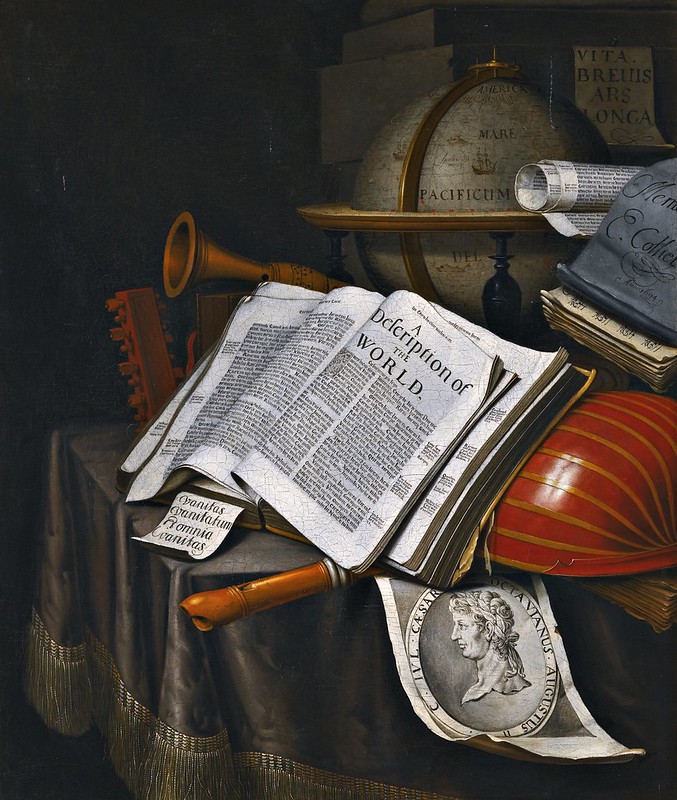Johann Christian Schickhardt (c.1682-1762) - Flötensonate h-moll
Performers: Susanne Ehrhardt (flöte); Armin Thalheim (cembalo); Irene Klein (gambe)
---
German composer and instrumentalist. He received his musical training at
the ducal court in Brunswick. The early part of his career was spent in
the Netherlands in the service of Friedrich of Hessen-Kassel, Henriette
Amalia of Anhalt-Dessau, and Johan Willem Friso, Prince of Orange. By
1711 he was in Hamburg, the city with which he was associated by Walther
(1732) and Hawkins (1776), and lived there until at least 1718. But by
1717 he had connections with Johann Friedrich, Count of
Kastel-Rudenhausen, and around 1719 with Ernst August of Saxe-Weimar and
Prince Leopold of Anhalt-Cöthen. In the early 1720s he was probably in
Scandinavia. In 1732, having ‘lately arrived from Germany’, he gave a
concert in London consisting of his own concertos and chamber music for
‘the small flute’ (i.e. recorder). He stayed in London long enough to
issue by subscription his collection of 24 sonatas, op.30, in all keys;
most of the subscribers were Dutch, although the local contingent
included such notables as Handel, P.A. Locatelli, Pepusch and De Fesch.
12 guitar suites of his appear in a manuscript compiled by Nathanael
Diesel, a lutenist at the Danish Court, 1736-44, suggesting a connection
with Copenhagen. He was attached to the University of Leiden in 1745;
the Album studiosorum for that year gives his age as 63. After his death
Schickhardt's daughter applied to the university authorities for
assistance with burial expenses and from the subsequent act of Senate
(26 March 1762) it is seen that he had been ‘a master of musical arts
and a member of the Academy’. Dart's suggestion that Schickhardt was
related to the London instrument maker J.-J. Schuchart has proved
unfounded. Schickhardt had close associations with Estienne Roger, the
Amsterdam publisher, and his successors, Jeanne Roger and Michel-Charles
Le Cène. He not only provided the firm with a constant stream of
original compositions, but also acted as its Hamburg agent around 1712
and undertook occasional editorial projects such as the arrangement of
Corelli's op.6 for two recorders and continuo. A woodwind player
himself, Schickhardt produced instruction manuals for both the recorder
and oboe. But he was known primarily through his chamber music. His
sonatas, although written in a conventional, post-Corellian idiom,
reveal fine melodic gifts, striking harmonic touches, and a Handelian
directness of expression. The widespread popularity of these works in
the early 18th century is attested by both the flood of publications
from Amsterdam and the speed with which they were pirated in London.

Cap comentari:
Publica un comentari a l'entrada